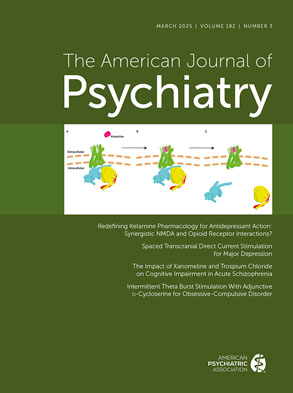I am reminded of D.W. Winnicott’s statement that there is no such thing as a baby, it is the mother-child relationship that is significant. Similarly, it is not the brain, the mind, or the environment that is responsible for the formation of personality and psychopathology. Each of these is important, but it is their interrelationship that needs to be understood.
This concept is the major contribution of this book, which explores the interaction of neurobiological, genetic, chemical, and psychosocial factors. These factors operate in a complex, nonlinear system and need to be studied in relation to one another. To do otherwise, to feel one has the sole true answer, is to err on the side of being reductionistic and simplistic. For example, some investigators attribute depression simply to a chemical imbalance and dismiss other factors. Chemical transmitters and hormones are important, but their production is stimulated by the brain, which in turn is influenced by the environment. Again, the book emphasizes the importance of the relationship among all these factors rather than any single element out of context.
The authors point out that the brain is constantly influenced and regulated by its environment, which influences synaptic connections in the brain from the cradle to the grave. This plasticity of the brain is beneficial in that it increases our chances for adaptation and survival by meeting changing environmental demands. For example, visual and auditory neural networks need to be established between the brain and the environment during critical periods of infancy to ensure functioning of vision and hearing. In addition, attachment, gender identity, and learning language during infancy require interpersonal relations. In adults, sensory deprivation, jet lag, circadian rhythms, and paraphrenia in older people with visual or auditory impairment are other examples of the interaction of the environment and the functioning of the brain.
The beauty of this book is that it is itself interdisciplinary: the first author is a research scientist and the second a clinical psychologist and psychoanalyst. Both are from the University of Colorado Health Sciences Center. They comprehensively cover a great deal of research, stating that this book is directed toward “presentation of the model, not with a detailed discussion of how it might be applied clinically.” However, understanding the neurobiological basis of how the brain functions gives us a better understanding of the mind and how we as clinicians can be more effective with our patients.
The authors discuss the development of the procedural (implicit) memory system during early child development. Procedural memory involves our motor and cognitive skills, perception, and much of our character and behavior, which are unconscious. Language develops several years later in childhood and forms the declarative (explicit) memory system, which is conscious. Declarative memory is both episodic, recalling personal events, and semantic, remembering objective facts. These two memory systems in the brain, declarative and procedural, appear to validate Freud’s topographic model of the mind.
In terms of treatment, the authors note that much of our character and behavior are products of procedural learning, which are automatic, repetitious, and unconsciously enacted in therapy. The authors suggest that when patients enact these character traits, the traits can be pointed out repeatedly once a therapeutic alliance is established. Neurobiologically, the prefrontal cortex can then gradually modify procedural learning. The work of Sandor Ferenczi and Wilhelm Reich, who recommended a more active psychoanalytic treatment approach than Freud, is also discussed. It must be noted, however, that Freud himself felt that working with the transference and with resistance, which are enacted unconsciously, is more important in psychoanalytic treatment than intellectual insight. We need to listen to the music and not only to the words, as in free-floating attention.
When unconscious enactments are brought into consciousness, declarative memory may be able to modify procedural memory. Other areas of unconscious enactment of procedural memory that the authors do not mention are projective identification and nonverbal communication, which in turn can influence countertransference. This book provides empirical support for the value of working with these unconscious enactments in treatment. In addition, a long time and repetition are required for procedural learning to change, which makes the process of working-through in long-term therapy understandable.
Neurodynamics of Personality covers such topics as synaptic plasticity, modularity of the brain, neural networks, physiological state and the biology of emotion, temperament, primate studies, functional systems, regulation of behavior, development of character, and biology of the self, including split-brain studies. This book is a valuable contribution, especially for those psychiatrists who wish to gain a detailed and comprehensive knowledge of the neurobiological functioning of the mind and are interested in the development of a scientific foundation for psychiatry.

